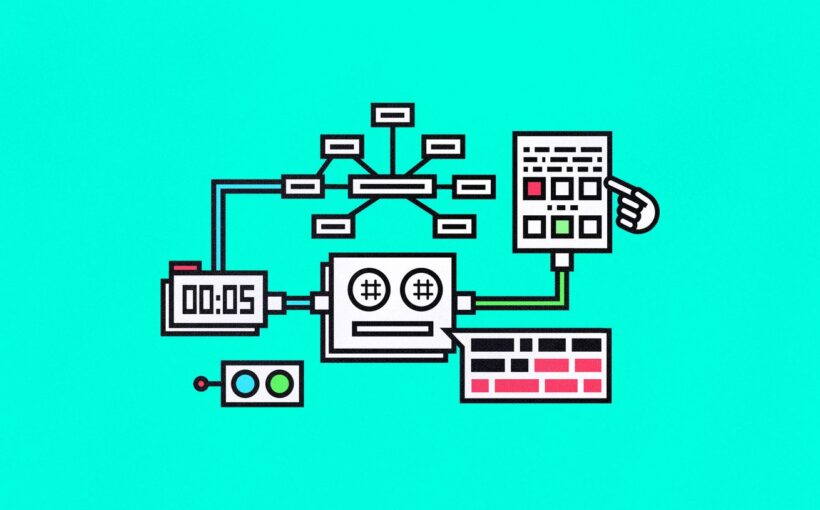Researchers have used machine learning to assess bone density scans for calcification in the aorta, the body’s main artery. They say their method could be used to predict future cardiovascular and other disease, even before symptoms appear.
Copyright: newatlas.com – “AI Analysis will Predict Future Disease from Bone Density Scans”

Abdominal aortic calcification (AAC), calcification in the section of the aorta that runs through the abdomen, can predict the development of cardiovascular diseases such as heart attack and stroke and determine mortality risk. Previous studies have also found that it’s also a reliable marker for late-life dementia. AAC is visible on bone density scans typically used to detect osteoporosis in the lumbar vertebrae, but a highly trained professional is required to analyze these images, which takes time.
AAC is commonly quantified by trained imaging specialists using a 24-point scoring system, AAC-24. A score of zero represents no calcification, and a score of 24 represents the most severe degree of AAC. Now, researchers from Edith Cowan University in Australia have turned to machine learning to speed up the calcification assessment and scoring process.
The researchers input 5,012 spinal images, taken by four different models of bone density machines, into their machine learning model. Though other algorithms have been developed to assess AAC from these types of images, the researchers say this study is the biggest and the first to be tested in a real-world setting using images taken from routine bone density testing.
They then assessed the model’s performance in accurately classifying images into low, moderate and high categories of calcification based on their AAC-24 score. To check for accuracy, the machine-learning-based AAC scores were compared with scores given by human specialists. The specialist and the software arrived at the same determination 80% of the time. Three percent of people with high AAC scores were incorrectly diagnosed as having low scores by the software.
Source: World-Leading AI Network.



